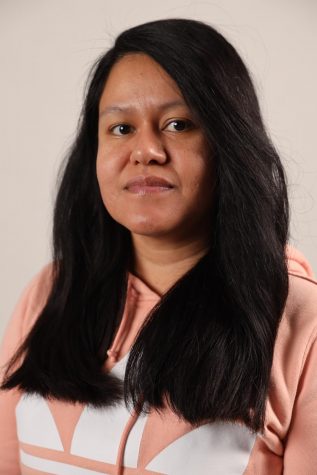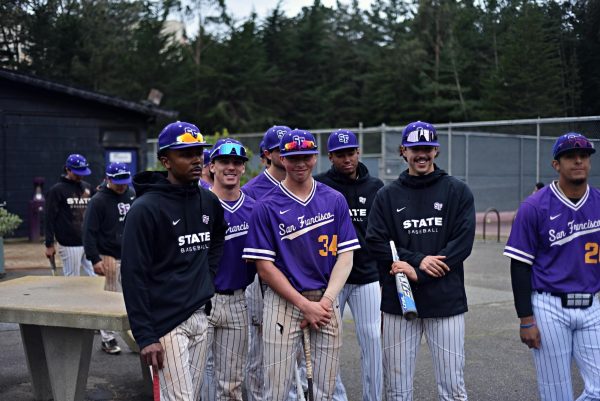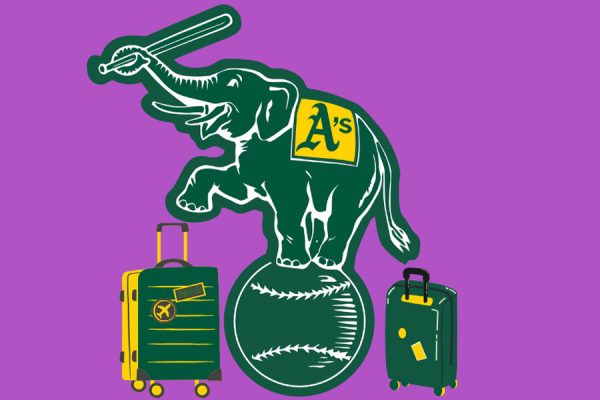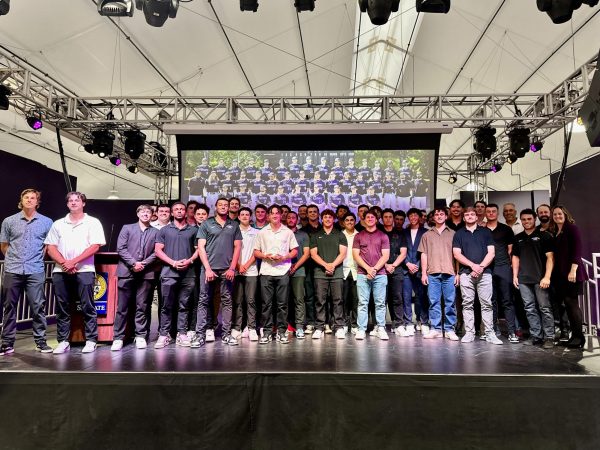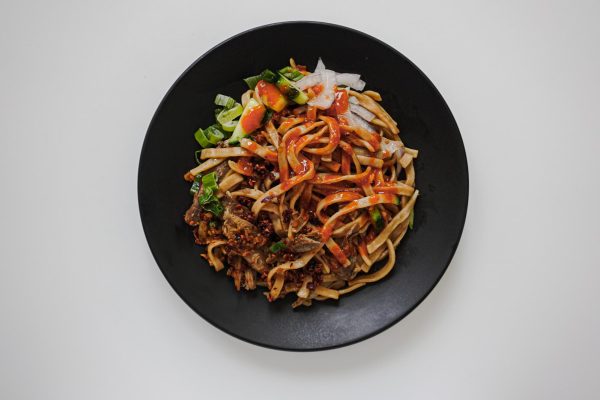Lunar New Year brings tradition to SF State
February 11, 2020
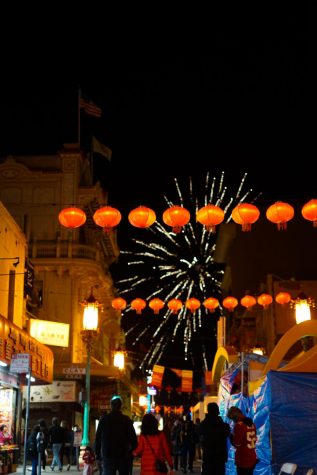
Red dragons, fireworks and lanterns decorate the celebration along with images of the assigned zodiac animal, the rat. The Lunar New Year started on Jan. 25 and celebrations continue through Feb. 8. It is common to celebrate this holiday within a two-week span.
In the 1980s Howard Li arrived in Boston from Taiwan ready to work on his PhD. A heavy course workload kept him very busy, so making a trip back home during the middle of the school semester to celebrate the Lunar New Year was tough. During his time in school when he was away from family, the holiday was like summer without a break or studying through our most favorite western holidays. As time passed Li started a family, moved to the Bay Area and found that the Lunar New Year was best celebrated with family, as traditions are shared, and memories are created.
“As a family we try to look back to what we did back home and try to do as much as we can do here,” Li said.
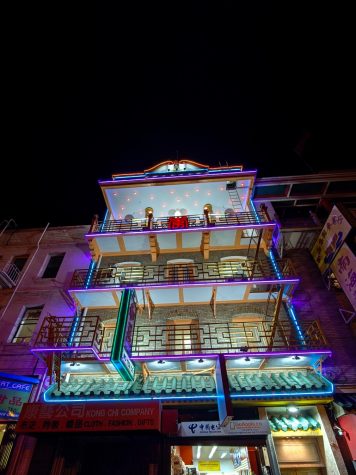
According to Frederik H. Green, Associate Professor of Chinese, people take two weeks off work during which they can celebrate with their family. Green points out that the holiday takes place during winter because China used to be and still is largely an agrarian society, so the fields don’t need as much tending.
Green further explains that the Chinese New Year like western New Year on Jan. 1 is a celebration of the New Year but in the case of the Chinese New Year it is according to the Lunar Calendar.
For students at SF State the festivities waited until the weekend of Feb. 7 to begin. Festive events created by Waves, Residential Housing Association, Residential Life and CSSA, the Chinese Student association, on campus gave great efforts in providing students with knowledge of the holiday and to feel the festivities while away from family. Yet through the efforts to celebrate the key ingredient of family is missing.
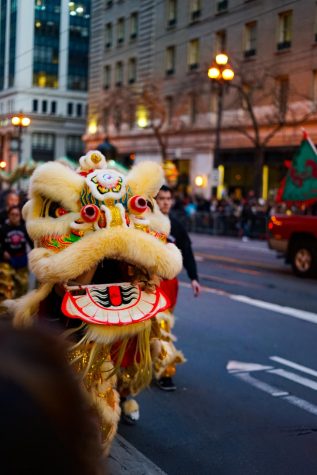
The holiday may be wrapped in lanterns, paper dragons, and Asian cuisine but on a personal level each student can find certain traditions missing from the celebration that make it real.
The holiday would not be complete without the traditional red envelopes. It is said that married couples give envelopes to symbolize good fortune. The tradition has now expanded to be anyone who wishes to give a red envelope with either money or a small gift.
“It’s lucky money,” said Sean Pham, a second year SF State student,when referring to the symbolism he has given the red envelopes.
In holidays food plays a big role so there is no exception here. According to Li, there should always be left over food to symbolize bountiful groceries year-round.
But it’s not really about the food, it’s about the family being together. — Curtis Ma, a first year SF State student
“For centuries Chinese is always, well most of Chinese, are still worried about what do we have for the next meal,” Li said.
Dumplings symbolize unity and wealth. A dish that should be present during the dining experience. Bringing families together during the cooking process. Other dishes include roasted pork, whole pig, and fa gao a Chinese cupcake-like pastry.
“But it’s not really about the food, it’s about the family being together,” said Curtis Ma, a first year SF State student.
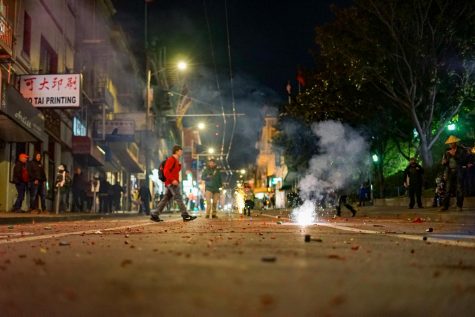
The effort is there and the good intentions cannot be missed but as a whole there should be more of an effort to connect to family during this time. Maybe that calls for a review of possible time off to celebrate with loved ones.



